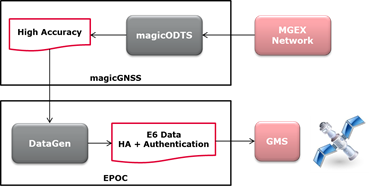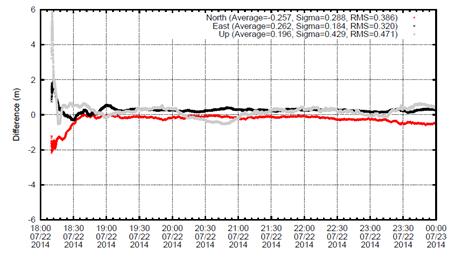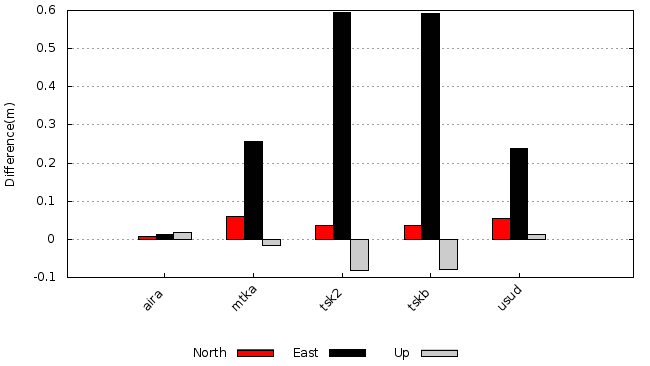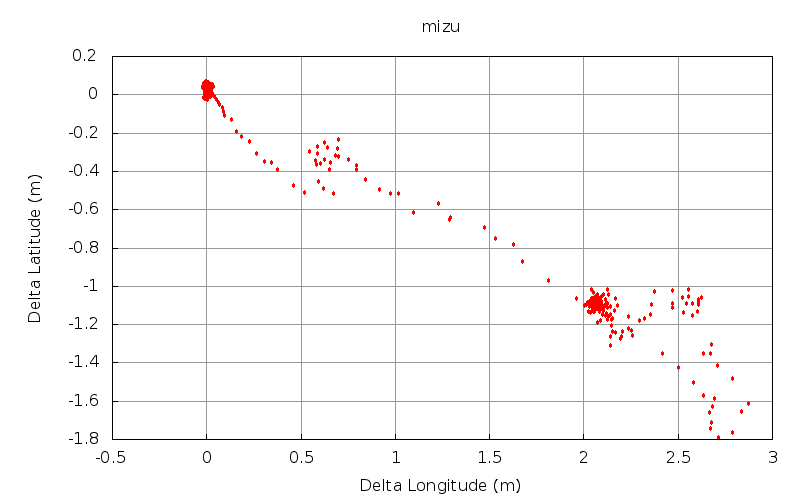Broadcast of magicGNSS’ reference products in the Galileo CS signal
September 29th, 2014 by magicGNSS TeamDuring the test campaign of the EPOC (Early Proof-Of-Concept) in the frame of the AALECS (Authentic and Accurate Location Experimentation with the Commercial Service) project, magicGNSS reference products have been broadcast in the Galileo E6 signals.
Orbit and clock predictions have been generated 2-3 days in advance of each test by magicODTS using data gathered by the IGS MGEX network (http://igs.org/mgex/). This high-accuracy (HA) data is then sent to GMS and uploaded to the IOV satellites for broadcast during test slots (see figure below).
The E6-B signal has been tracked both with SCE (Spreading Code Encryption) enabled and disabled. During tests broadcast products are gathered and authenticated via TESLA-based NMA and/or SCE. Then, a high-precision data-authenticated PVT solution is computed by means of magicPPP.
The aim of the test campaign has been to evaluate the E6 data transmission performance, and prove that the system is capable of providing authentication and HA positioning/timing services. Several static and kinematic tests have been conducted from mid-July to late-September 2014. The figure below shows performance of a static PVT with SCE enabled: an RMS below 40 cm in the horizontal plane is achieved, including the convergence period.








